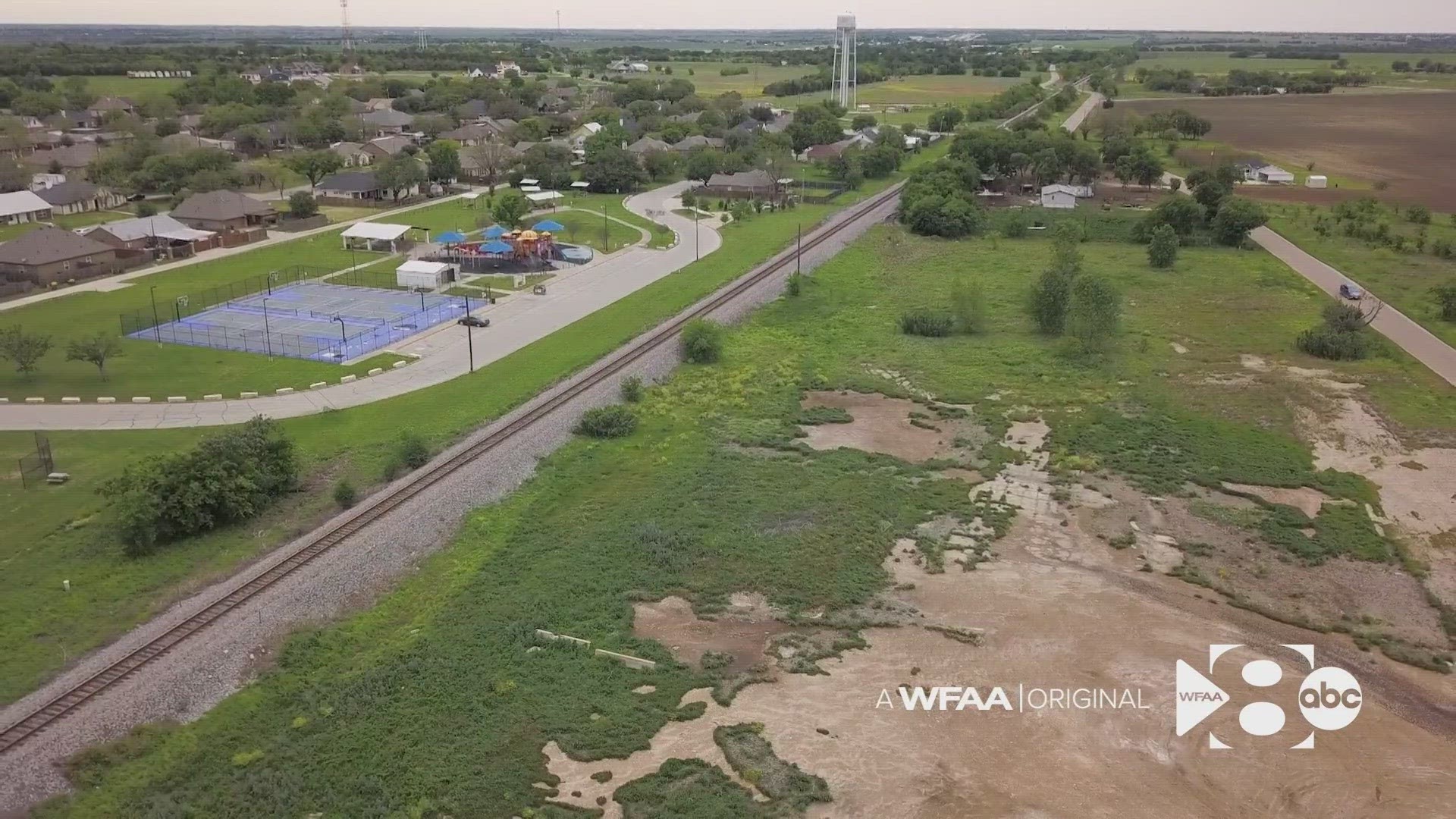Return to West: 10 years after deadly explosion, a sense of healing, sacrifice and resolve echo throughout this tiny Texas town
At 7:51 p.m. on April 17, 2013, the small town of West, Texas was changed forever when a fire at a fertilizer plant sparked an explosion that claimed 15 lives.
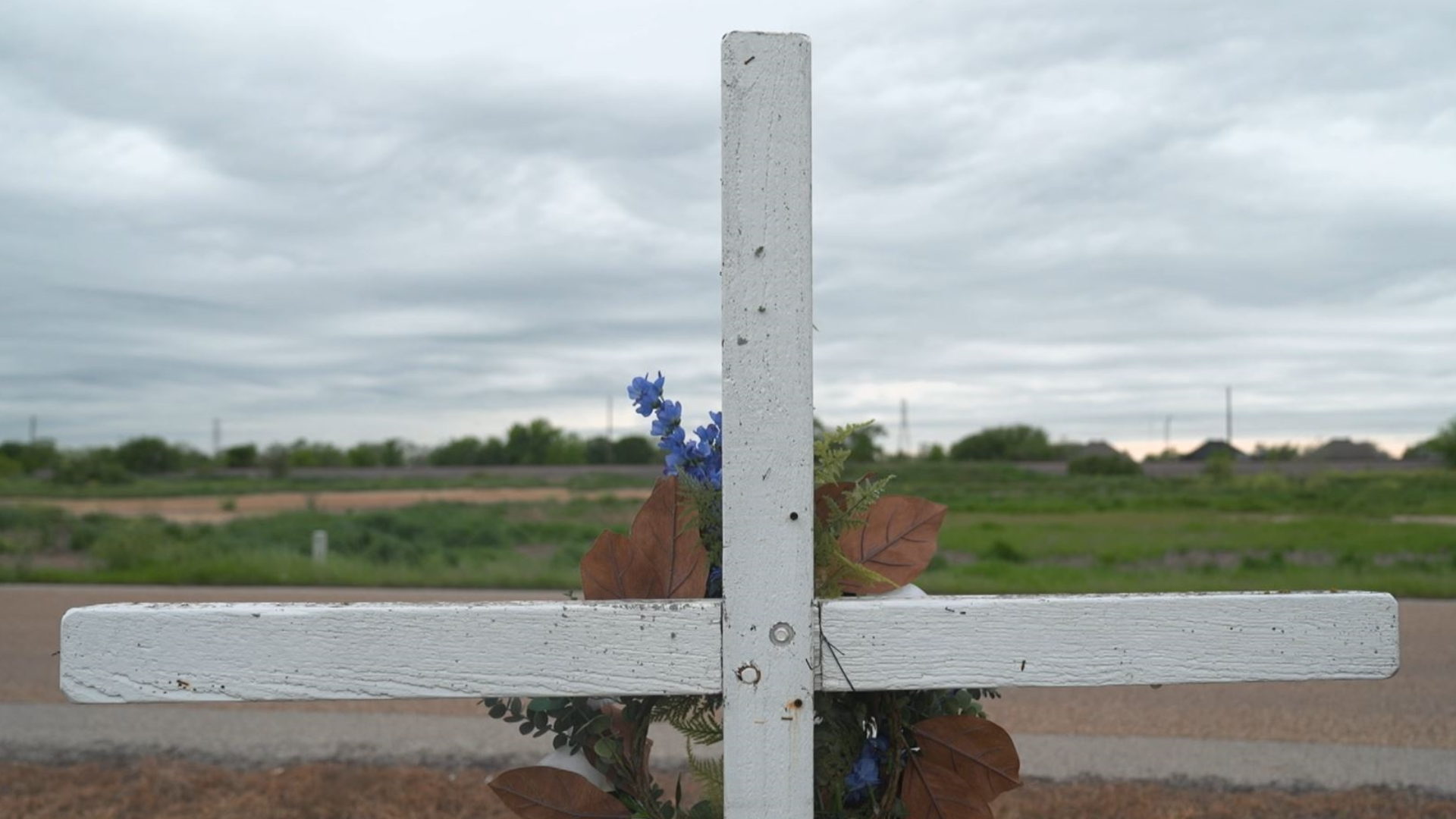
It's been 10 years since Robby Payne has stepped on this field in West -- one he passes daily on his drive to work, but has otherwise refused to acknowledge.
"I drive this road almost every day," he said as he walked the grounds on a recent afternoon. "But I've never stopped and got out on this side of the road since the explosion."

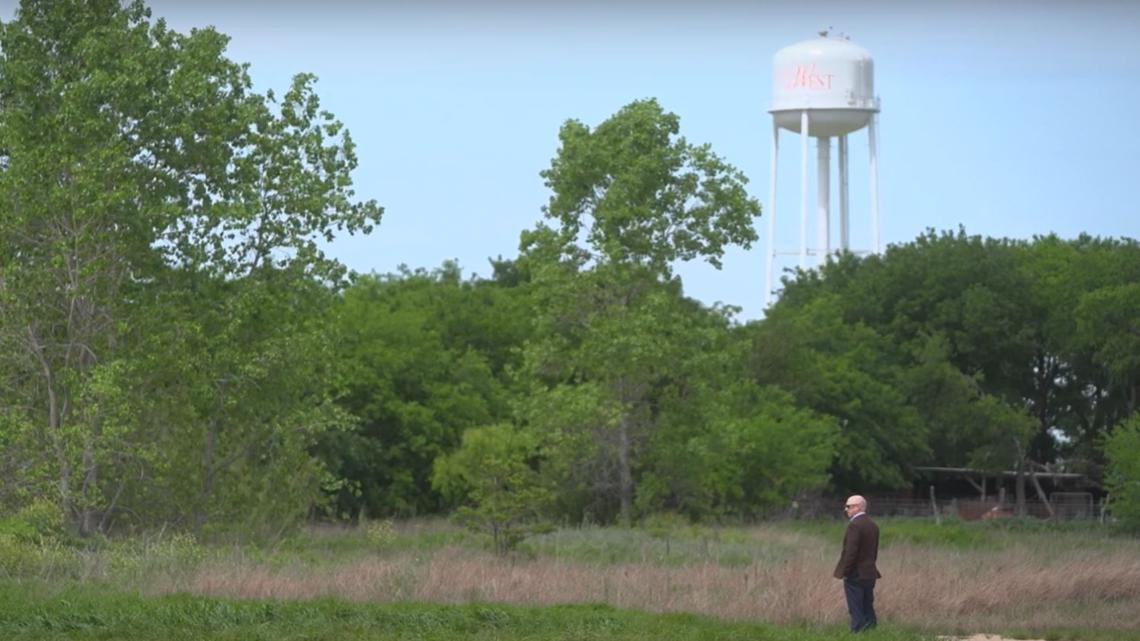
A set of crosses sits next to that field, and everyone in town knows why they're there.
Especially Payne.
"It's difficult to reflect on," he said. "I can tell where I was, and where I ended up. There's still some debris [here] that was probably here the day of the explosion."
He pauses a moment.
"Honestly, I don't think many people come out here."
This very same field along Jerry Mashek Drive is where the West Fertilizer Co. plant once stood.

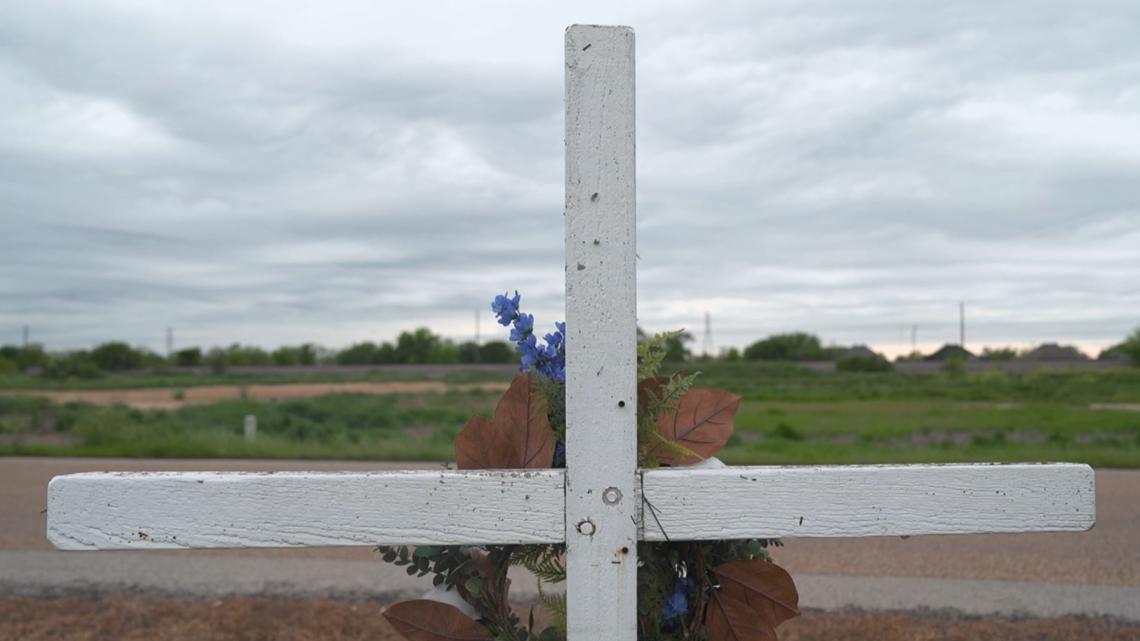
It's a field where 12 first responders took their final breaths, and where Payne almost took his last one, too.

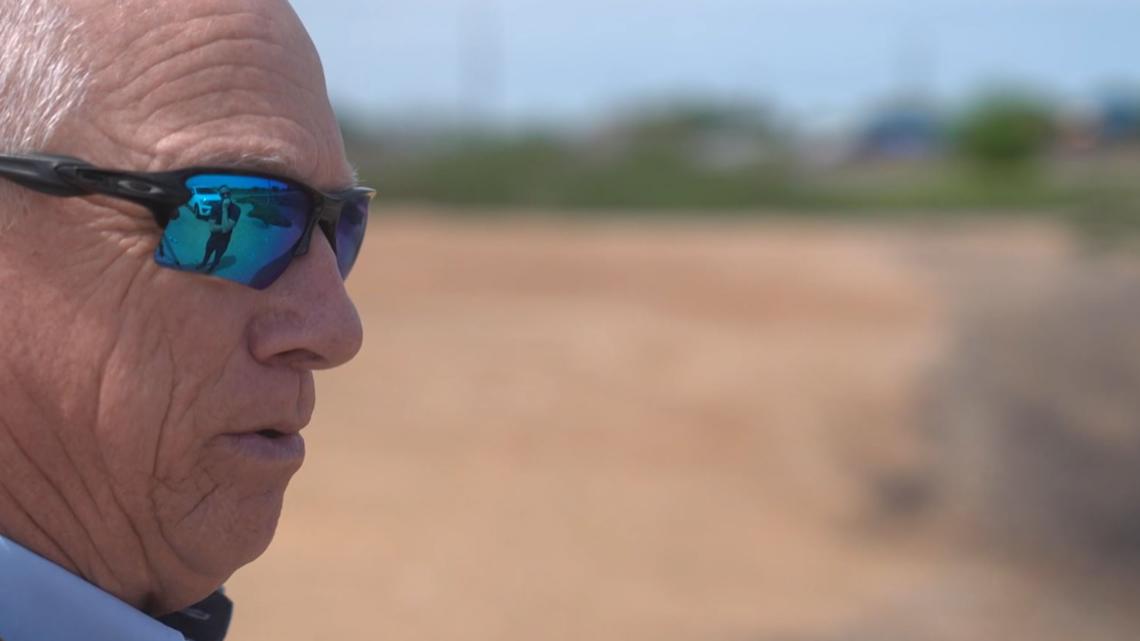
"This is where we lost friends and we lost people that were trying to help this community," Payne said. "It's devastating."
Chapter 1 7:29 p.m. on April 17, 2013
Payne has been a volunteer firefighter for the town of West since 1986. The small community has for decades relied on genuine dedication and sacrifice whenever an emergency arises.
But on April 17, 2013, the most significant emergency the town has ever faced came in as a fire call at the fertilizer plant.
"We're talking about a massive fire," Payne said. "I remember thinking when I got here, 'We'll be here all night.'"
The then-51-year-old, like any good volunteer, dropped what he was doing and headed to the plant.


He got in his wife's car, and started assessing the situation with those who had arrived before him as soon as he showed up.
"They were already fighting it when I got there," he said. "I was probably about three to four minutes after the original call, so I was a little behind."
Being a little behind might have saved Payne's life.
He and other firefighters were discussing a plan of action as the fire intensified. They knew that the plant housed hazardous materials. Pulling back and waiting for more help was becoming the increasingly obvious play.
But no one was expecting what would happen next.

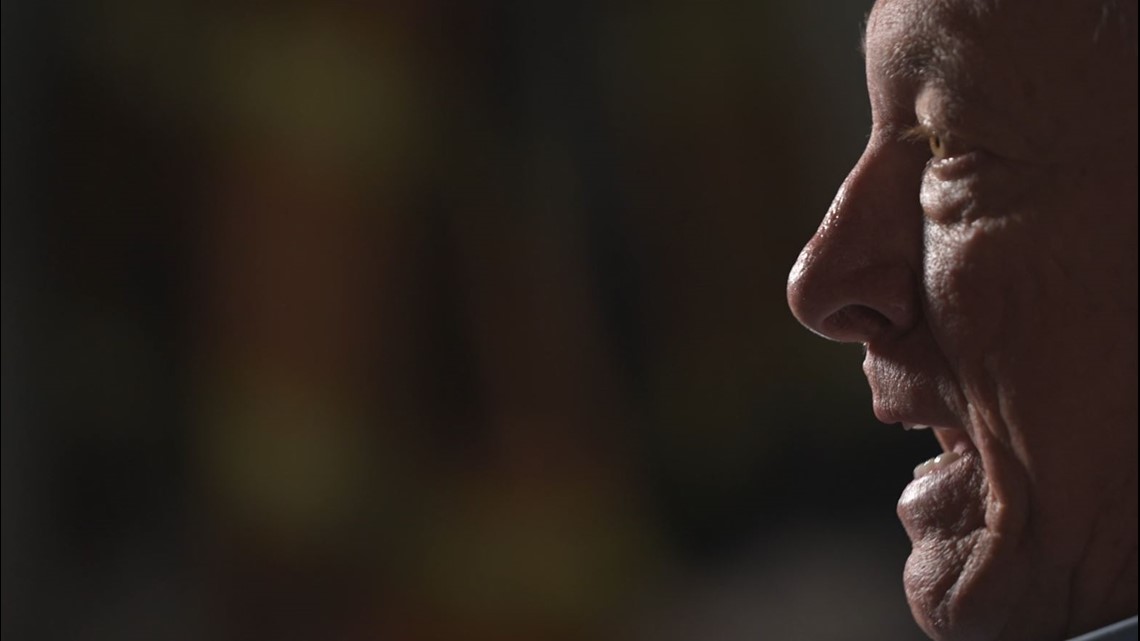
Payne remembers walking toward one part of the property to tell the others about what he and others had determined to be the next steps. Then, for just a moment, he stopped behind a fire truck to ensure that his gear and equipment were secured on his person correctly before rushing to get to the blaze.
"Those are my last thoughts," he said. "Making sure my coat was zipped up, the helmet was strapped on and everything was intact."
Chapter 2 'I was blown out my boots.'
At that moment, approximately 30 tons of ammonium nitrate at the plant exploded.
It was 7:51 p.m.
According to the U.S. Chemical Safety and Hazard Investigation Board, the explosion was the equivalent of 20,000 to 40,000 pounds of TNT igniting. The blast's shockwave was felt for miles, leaving behind a 93-foot-wide crater where the plant once stood.

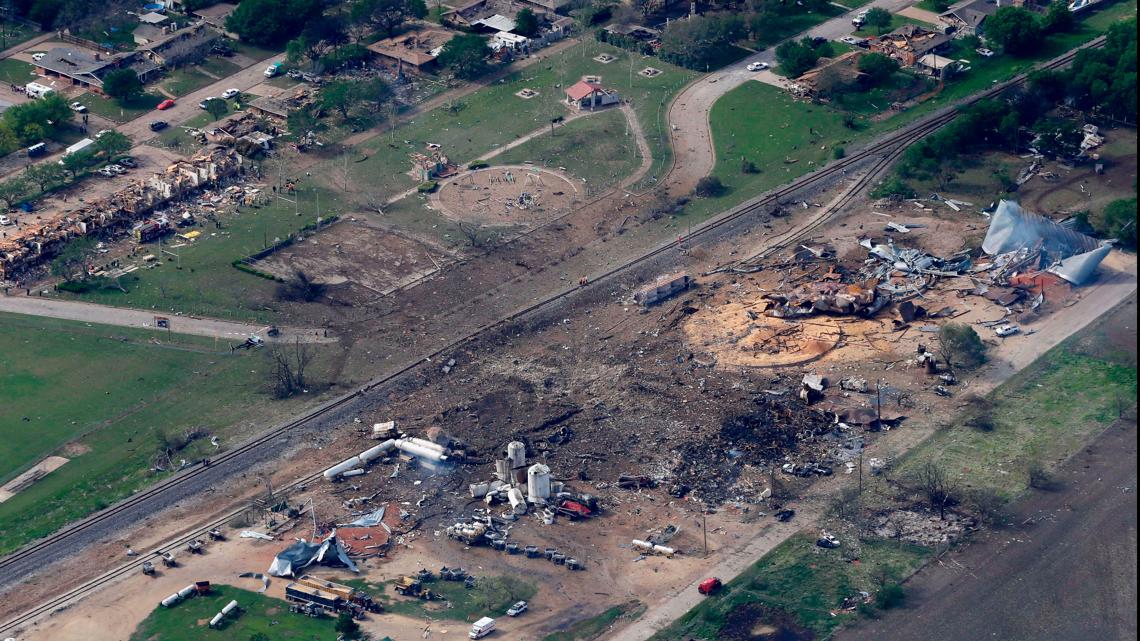
To this day, most every West resident can tell you exactly where they were and what they were doing when they felt the boom.

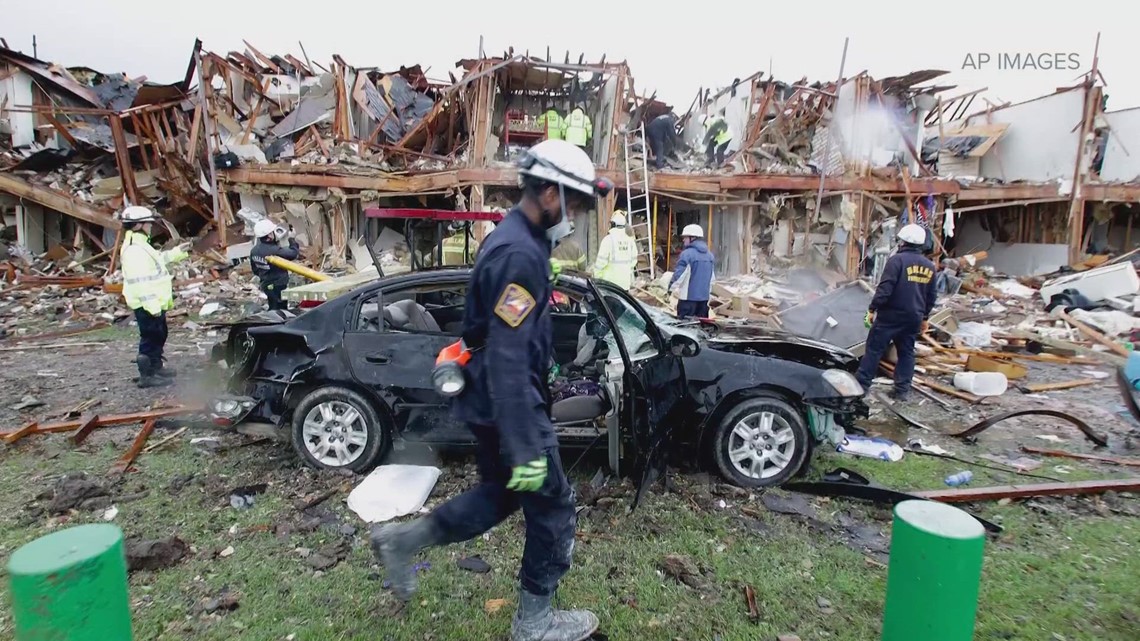
In total, more than 150 offsite buildings, including homes, several schools and a nursing home, were heavily damaged or destroyed by the explosion.
Fifteen people were killed as a result -- 12 of them first responders.
That total could've been one high if Payne hadn't been adjusting his gear behind that fire truck.
Officially, he was the closest person to the explosion who survived.

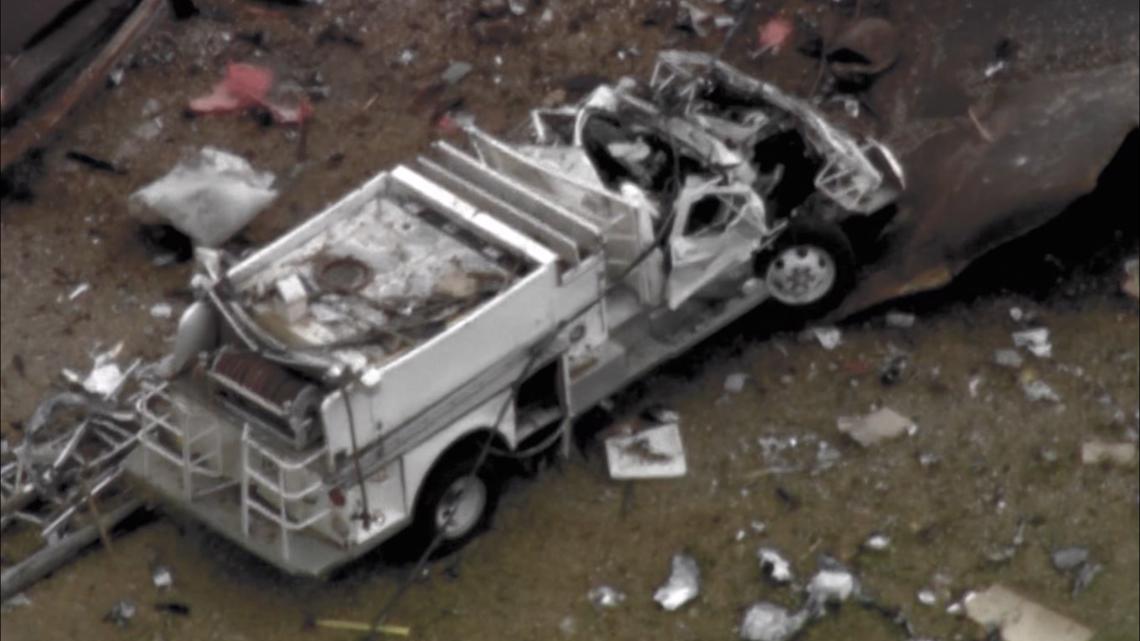
The blast crippled the front of the truck, likely absorbing most of the damage. Payne himself was blown back into a molasses tank at the plant to be later found by rescuers.
"I was blown out of my boots," he said. "That firetruck definitely saved my life. Between that and my bunker gear, there's no doubt about it."
Payne was hospitalized with broken bones in the jaw and cheek. The blast blew some of his teeth out, busted one of his eardrums and broke his left ankle.
He learned a few days after he was admitted that many of his friends weren't so lucky.
"Very emotional," he said. "It was an emotional event from day one until now, and it always has been. I didn't know they were dead until I was told -- and that was about 48 hours after the accident."
On top of surviving a catastrophic and traumatic event, Payne's family and business would soon face an enormous task.


The Payne family has owned the Aderhold Funeral Home in West since 1963. It has served the community for over 100 years, and is the only funeral home in town.
The funeral home was selected to do services for 10 of the victims of the explosion.
As Payne focused on recovering, his staff primarily handled those responsibilities.
Any outsider hearing the sequence of events Payne faced likely couldn't fathom the emotional trauma that came with it. He still struggles with survivor's guilt to this day.
"You can't make sense of it," he said. "I always wonder, 'Why me? Why was I the one who got to walk away?' It weighs heavily and took a heavy toll."

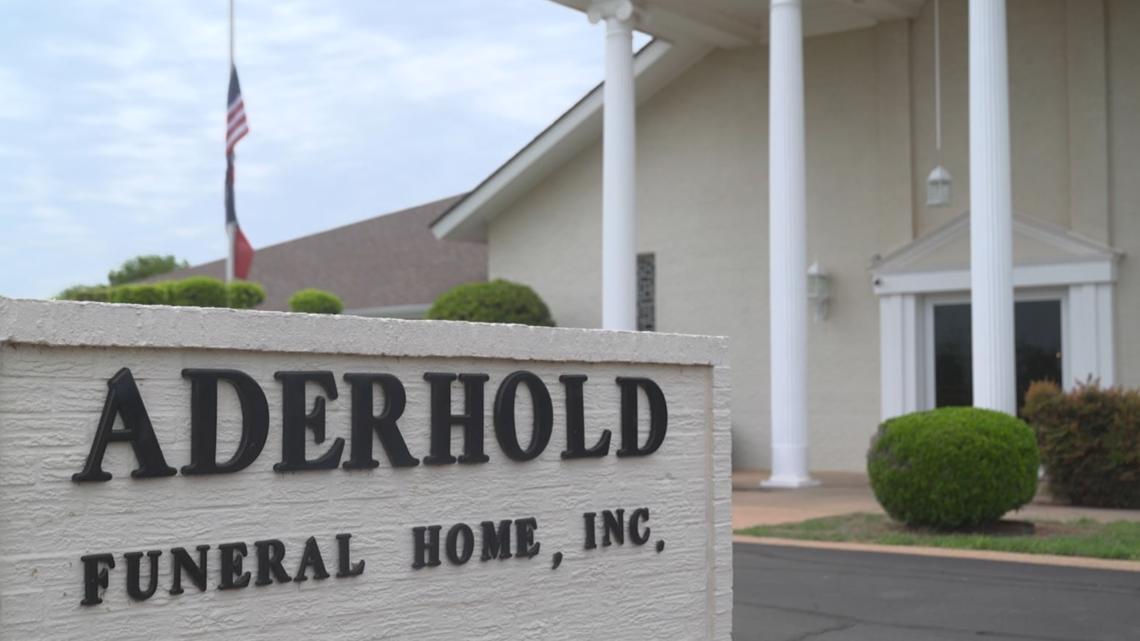
Payne leaned on his faith and others who were there that night to help him shoulder that burden.
He's now the fire department's chaplain, and through that work has become very close with firefighter Eddie Hykel.
Hykel was hit with a railroad tie during the explosion. He suffered a heart attack in the aftermath, as well as a detached retina. Several surgeries followed. But Hykel kept volunteering.
Sadly, Hykel was killed weeks before the 10th anniversary of the West Explosion on March 28. He was hit by a car while responding to a crash on I-35.
Payne did the services for his funeral.
"I felt like the 10th anniversary would be even worse for me," Payne said. "So I was setting myself up for a hard time. Eddie's death just kind of brought everything back -- even worse than you could possibly imagine."
Chapter 3 'I'm stuck with these scars.'
While Payne's trauma may be overwhelming, he told WFAA he considers himself lucky -- because it can be disguised.
For Misty Lambert, April 17, 2013, is imprinted all over her body.

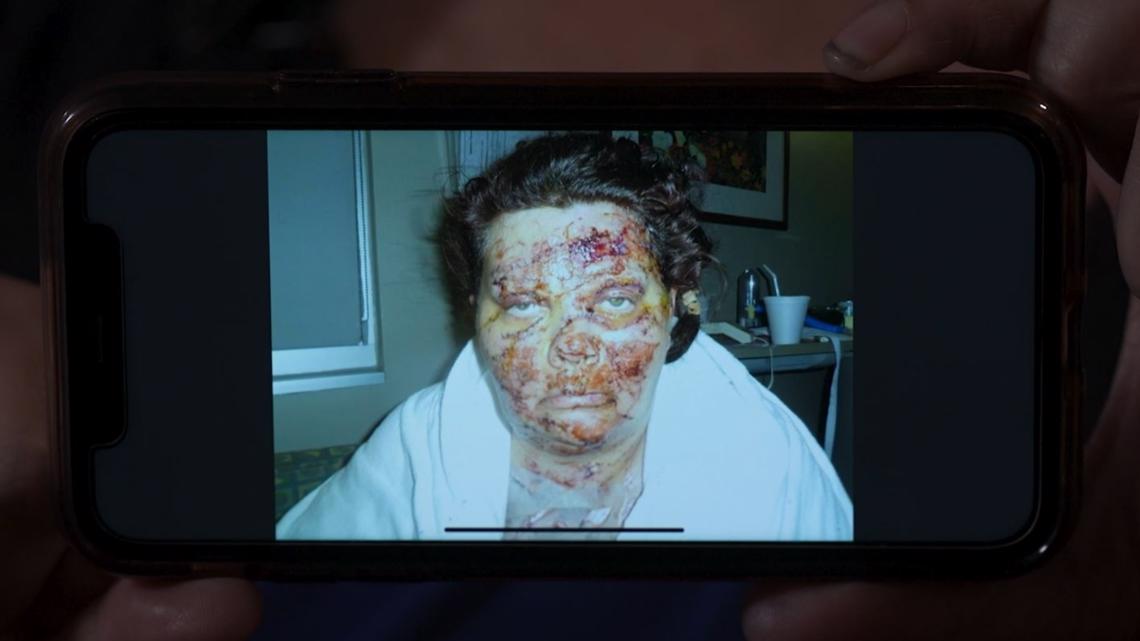
"I'm stuck with these scars," Lambert said. "And I'm stuck with all these memories. They're never going to go away. No matter how hard I wash. There are still days when I will look into the mirror and cry."
Lambert lived in a two-story apartment complex 450 feet west of the fertilizer plant. Two people of her neighbors in the 22-unit building were killed when it exploded.
As for Lambert, she was having dinner with a friend inside her home that night, right alongside her son.
When the plant caught fire, it became quickly apparent that the area wasn't safe. So she, her friend and her son decided to evacuate.
But before going out the door, Lambert looked out her back bedroom window one last time.

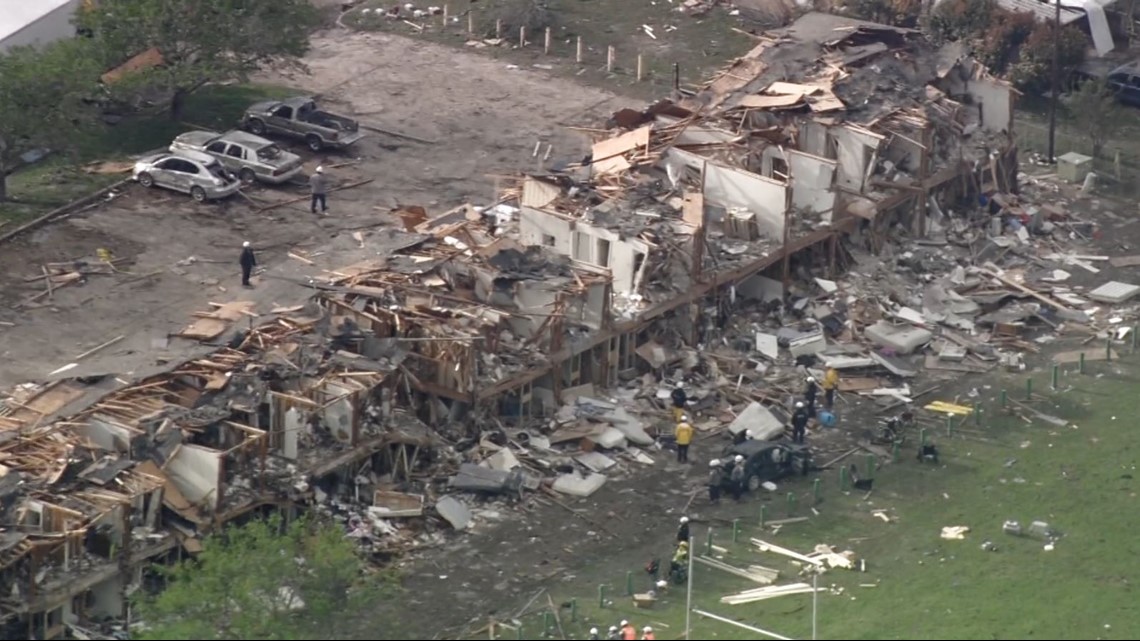
The exact moment she did was 7:51 p.m. The power of the blast knocked her back under mounds of debris.
Her face, chest and arms were all cut severely by shards of glass.
"I'm standing in front of the window, and it's blowing up in my face," Lambert said. "I was conscious the entire time -- pinned underneath bricks. When I could hear people around us, I'd start screaming so they could find us. It took a little over an hour before someone found us."
Lambert was taken to the football field, and the extent of her injuries was so gruesome, many people thought she wasn't alive.

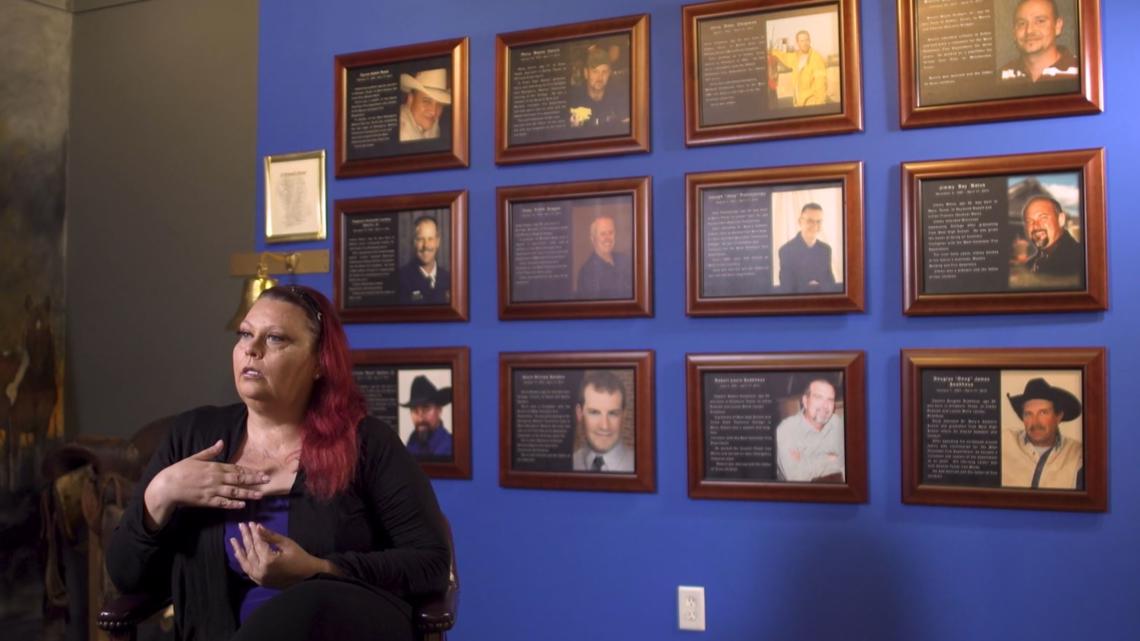
"People walked by me, and I heard someone say to get a sheet." she said. "They thought I was dead. I became trauma patient Iris because no one knew my name."
Lambert eventually reunited with her son and family after being transported to Baylor Scott & White Hospital in Temple.
After a 22-hour surgery and a 24-hour medically induced coma, Lambert saw her face for the first time. She had received 1,000 staples and stitches to her face, neck, arms and chest.
After WFAA interviewed her from the hospital in 2013, her face was seen worldwide -- and served as a canvas for the explosion's power.
"I told my mom I wanted to see my face, and she told me I wasn't ready," Lambert said this week. "It was just like a huge shock. Like, 'That's not you.' And, 'That is you. It's you now."
Lambert's recovery has been a steady process. To this day, she said she still pulls tiny pieces of glass out of her skin.
She's had six surgeries for glass removal since the explosion.

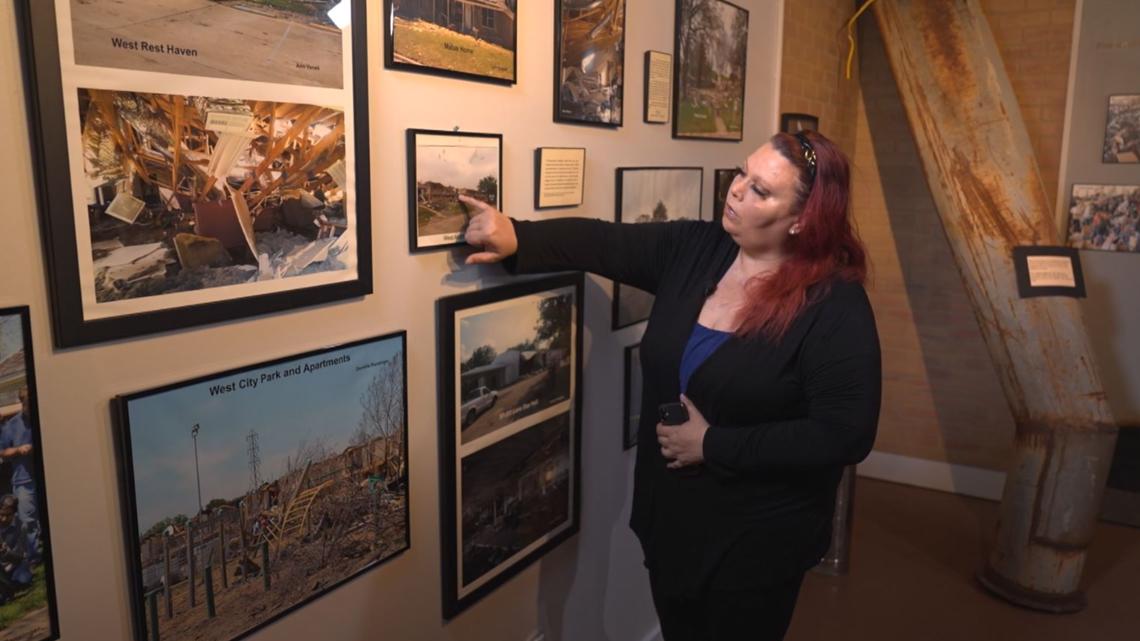
"There are days when I can't walk due to my hip and spinal damage," she said. "It's just excruciating."
And, just like Payne, she also had to get new teeth.
"These are just things that you don't just get over," Lambert said. "I mean, they're with you for the rest of your life."
The PTSD from the explosion doesn't help, either.
"From March until the end of April, I am a bundle of nerves," she said. "I have nightmares, and it's the same thing: I'm standing in front of that window, and it's blowing up in my face. I'm screaming for my kid, and I'm screaming for my life."
What eased that anxiety for her is something Lambert can no longer turn to. The friend she was with the night of the explosion, Josh Zarecor, survived alongside her, and was rescued too.
His injuries maybe weren't as substantial -- although he did lose an eye. More important, he could relate to Lambert's pain. Both would often talk about the trauma they carried.

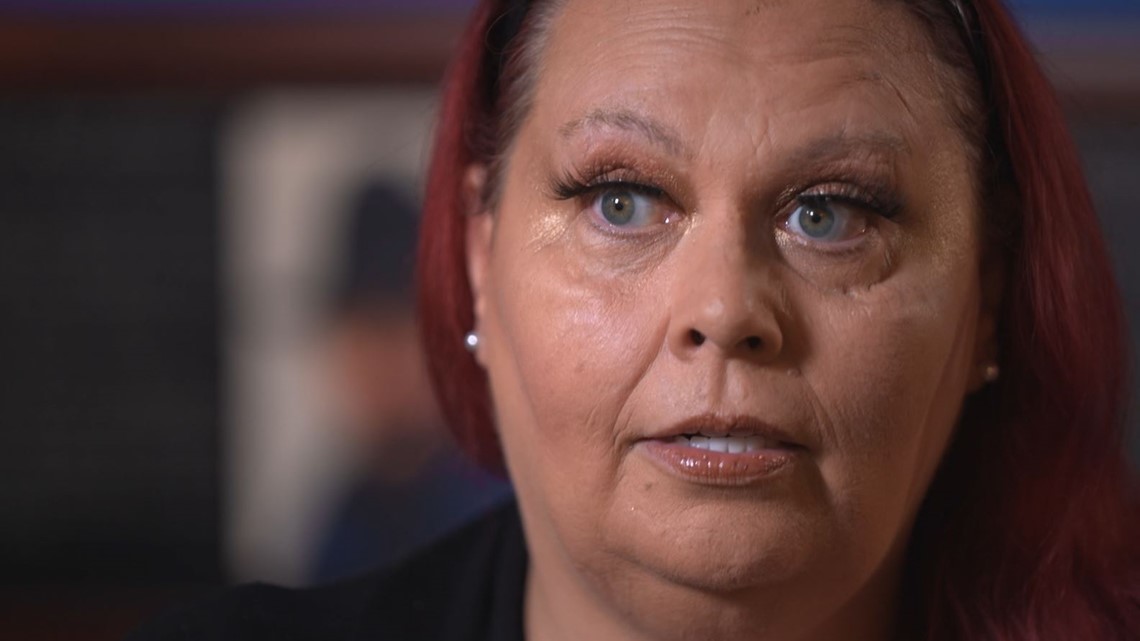
But Zarecor took his own life in October of 2013.
Lambert said she hasn't quite yet healed from that.
"I find myself at the cemetery a lot at his grave, and I will sit there and cry, talk to him, and find my peace," she said. "When you don't have that person you can talk to, it's hard -- because you feel alone. You don't know what we went through, and you don't know my heartache."
Lambert still keeps the first photo taken of her face after the explosion. She looks at it when she needs the inspiration to move forward.
"I look at that picture, and I'm like, 'Look how far you've come; it will be hard, but you must fight,'" she said. "I get up and try to show them what I'm made of."
Lambert received a monetary settlement for her injuries after joining a class-action lawsuit against the chemical companies that supplied the plant with ammonium nitrate and against Adair Grain Company, which operated the facility.
Chapter 4 'I didn't get that last hug'
A decade after the explosion, while roaming the streets of West, the town's heartbeat feels normal.
Homes and schools have been rebuilt, and the significance of what was lost a decade ago on April 17 is etched in memorial markers throughout the community.
All of the trucks at the West VFD have "4-17-2013" written on them -- or something else to the effect of memorializing the fallen from that night.


An official memorial for the victims sits just west of where the fertilizer plant once stood.
The names of those lost that night are below:
- Morris Bridges, West VFD
- Perry Calvin, Mertens/Navarro Mills VFD
- Jerry Chapman, Abbott FD
- Cody Dragoo, West VFD
- Kenny Harris, Dallas-Fire Rescue
- Jimmy Matus, West Business Owner, and Honorary firefighter
- Judith Monroe, West Resident
- Joey Pustejovsky, West VFD
- Cyrus Reed, Abbott FD
- Mariano Saldivar, West Resident
- Kevin Sanders, Bruceville-Eddy FD
- Doug Snokhous, West VFD
- Robert Snokhous, West VFD
- William 'Buck' Uptmore, Jr., West resident and Honorary firefighter
Not too far from that memorial on Reagan Street is Joe and Carolyn Pustejovsky's home, which was rebuilt after being destroyed during the explosion.

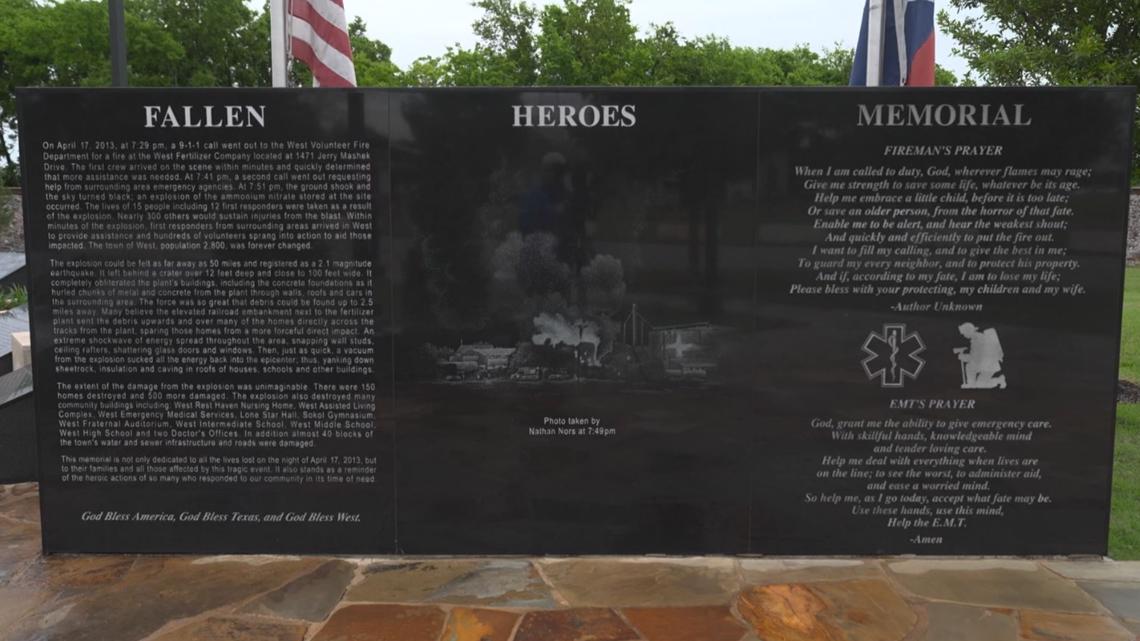
Joe Pustejovsky is a council member for West, and he admits he got into local politics only because of his son.
"I would have never even thought about it if it weren't for Joey," Pustejovsky said. "That's what he would have wanted me to do."
His son Joey was one of the youngest firefighters killed that night.
He was 29 years old and the city secretary. He left behind a wife and a 4-year-old son of his own -- a boy named Parker who's now in high school.
Joey grew up in West. He was a well-liked face at City Hall, and always eager to serve.

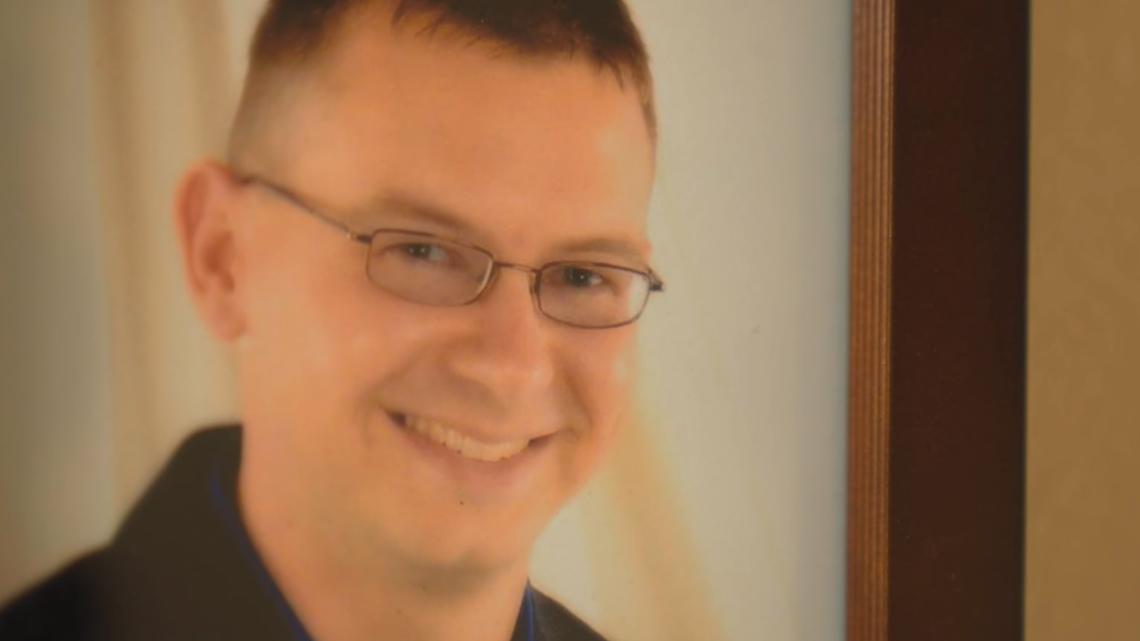
One of his goals before he died was to renovate a park adjacent to the fertilizer plant. It was a place he took his son Parker to often.
But the explosion leveled that park, bending and twisting the metal it once held beyond all recognition.
On the night he died, Pustejovsky had a gut feeling that his was working the fire before the explosion, and that he wasn't coming home.
"We called every one of the hospitals, and we couldn't find him," Pustejovsky said. "In my mind, if he wasn't there [at the hospitals, then] I knew he was there at the blast site. It wasn't until Friday morning that the mayor told me they found him."
Joey's mother Carolyn still feels guilty about the last thing she said to her son -- innocuous words and beyond her control.

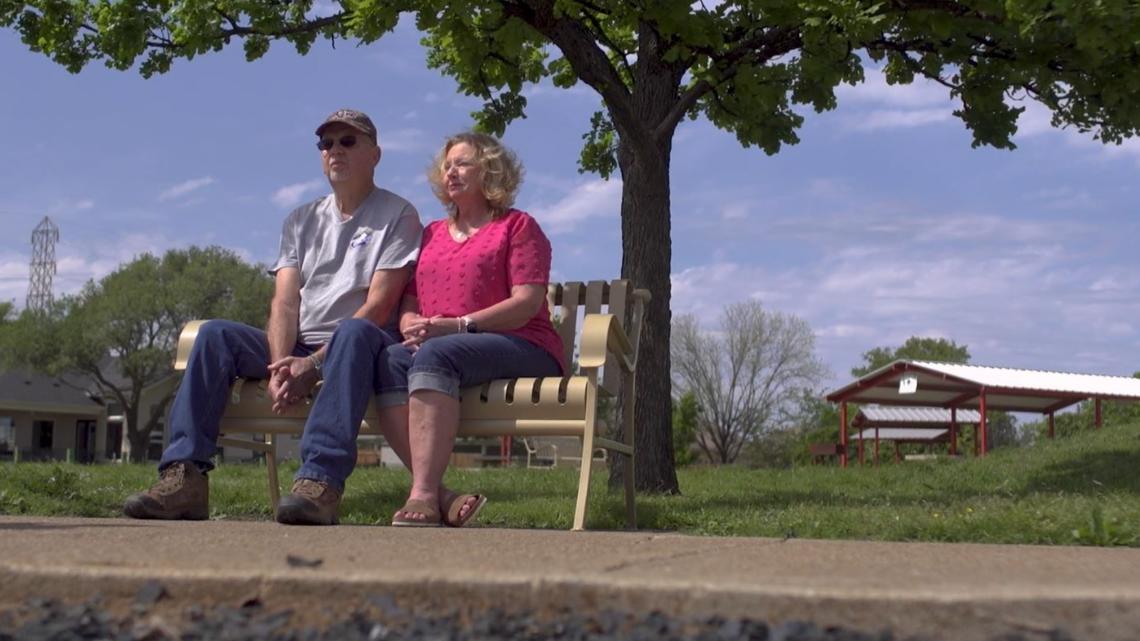
"A part of me died that day because it's so hard burying a child," Carolyn Pustejovsky said. "I always ate lunch with Joey, but he couldn't get off work that day. So I told him we should get lunch tomorrow -- that he's really busy. I wish I had taken the time to eat with him. I didn't get that last hug."
The scar of losing a son is still fresh. But Joey's son Parker has brought hope to the family through the pain.
A little boy at the time of the explosion, he grew up remembering his dad talking about fixing the park they where they loved playing. Seeing it leveled, he did what his dad always did: He took charge.
"Parker had the idea that he wanted to rebuild the park," his grandmother said. "He's just like his father. That's how Joey was: Get to a project and work on it."
The little boy sold hot dogs to raise money for the new park -- and the donations poured in from across the state.

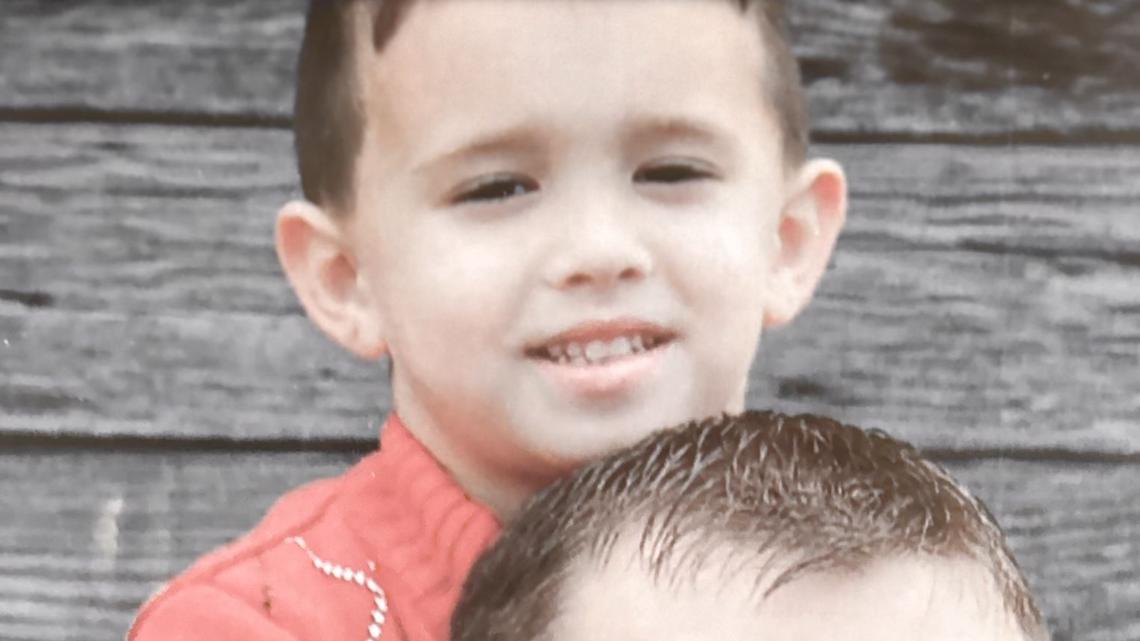
He raised $83,000 for the cause -- twice, the Pustejovskys said. It's a number that's divine to them.
Joey was born on 8-3-1983. He weighed 8 lbs. and 3 oz. at the time of his birth.
It's more than just some coincidence to the Pustejovskys.
"Joey had a part in it," his mother said. "That's all I can say."
Parker's Park is first responder-themed, and a fitting place for children to play and learn about the explosion. The memorial is a short walk away.

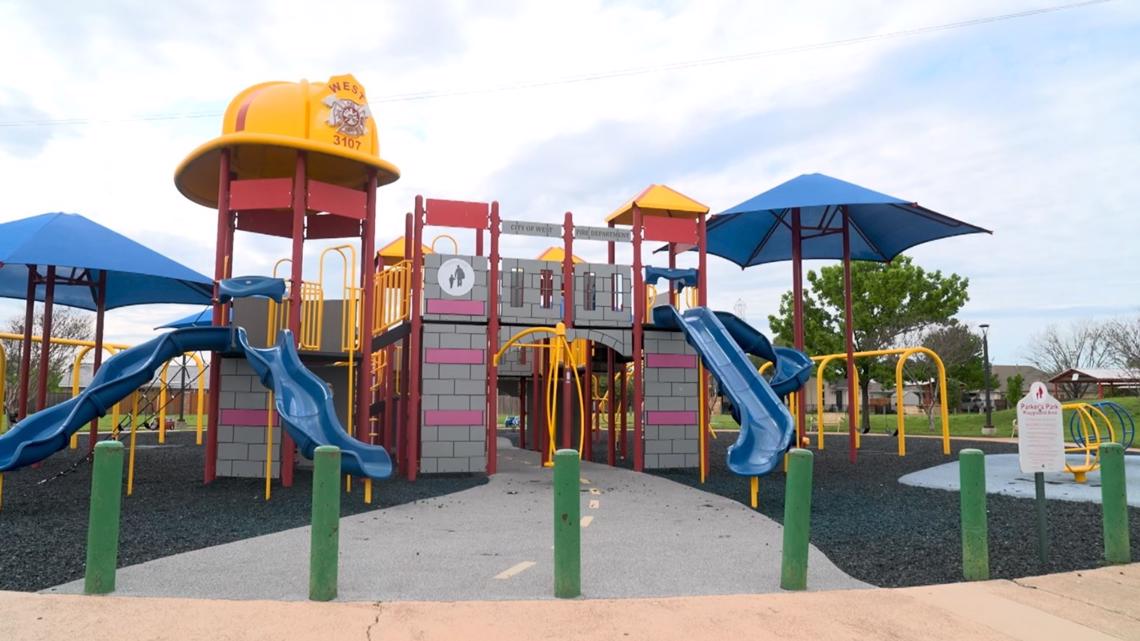
The Pustejovskys said they can hear children laughing and playing at the park from their home every day. It's music to their ears.
"I know that Joey is looking down on us, and is happy," Carolyn said. "There's not a day I don't think about him."
Chapter 5 Healing, sacrifice, resolve
West has a strong Czechoslovakian heritage. It has weathered and persevered through one of the most horrific moments in its history.
Over the last 10 years, its residents have leaned on each other to rebuild their community together -- and many have decided to stay here because of that shared resilience.
It's the same resilience that Czech settlers showed while migrating to Central Texas in the 1800s.
Federal investigators have said the cause of the explosion 10 years ago is evident: Poor ammonium nitrate storage practices, like being housed in a wooden building with little ventilation and no sprinkler system, plausibly contributed to the detonation.
Following the explosion, regulations for ammonium nitrate storage, both national and statewide, were placed under a microscope.

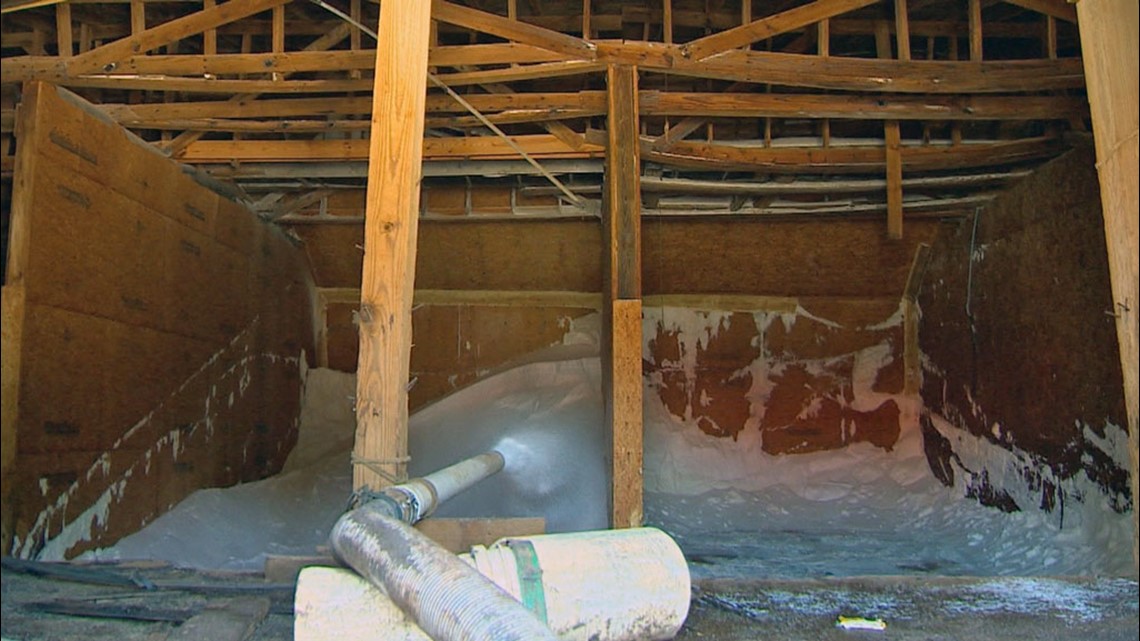
A decade later, experts say enough isn't being done. The Occupational Safety and Health Administration, which polices workplace safety, still allows ammonium nitrate to be stored in wooden bins and buildings without sprinklers.
The fire that sparked it all, per the Bureau of Alcohol, Tobacco, and Firearms, is still a mystery.
The agency has determined it was intentionally set -- but only through the process of elimination and an inability to settle on other causes.
A $50,000 reward is still being offered for more information.
What isn't a mystery is the the strength of West and the indelible sacrifice many here gave the night of the explosion.
The firefighters who responded that night were initially criticized by many who said they should have never focused on firefighting efforts considering the amount of ammonium nitrate at the plant. Those critics have said that evacuation should have been their top priority that night.
Payne doesn't look at it that way at all.

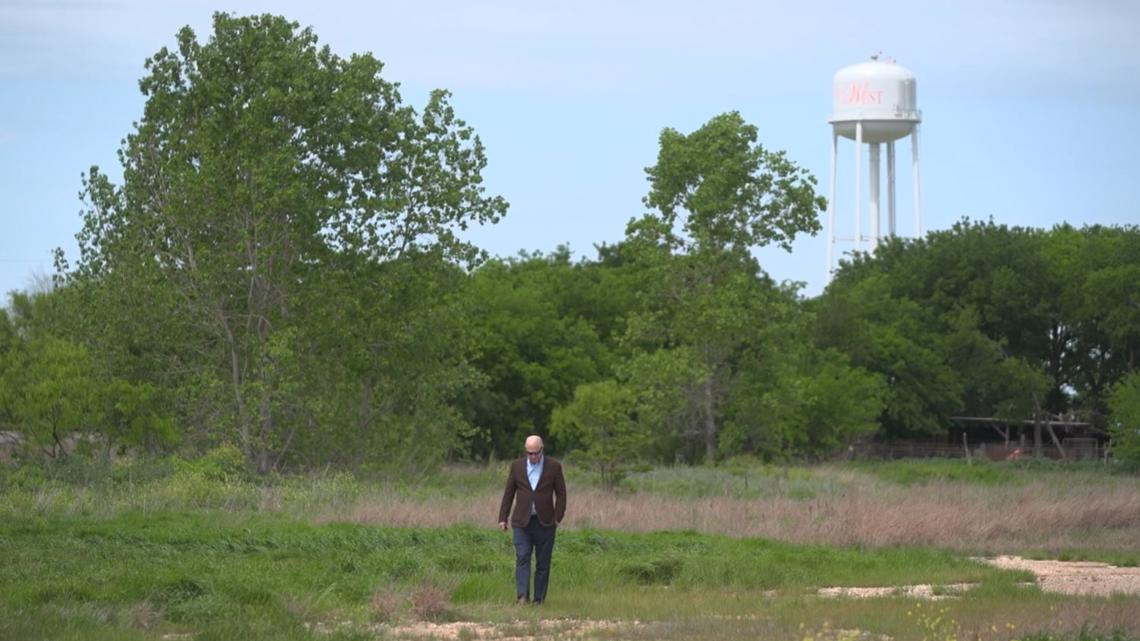
"They prolonged the explosion by putting water on the front line to cool that thing down," Payne said. "It allowed everybody else to get into a place where they survived it."
Payne isn't as active as he used to be in the fire department these days. But he knows there's a reason he survived that night -- to champion his friends who didn't.
"When I got into the fire department in 1986, I had no idea we could have faced an explosion like this," Payne said. "To me, this field is sacred ground, and I don't look at it as a cemetery. The lives that we lost -- we must remember them. I would have traded places with any of those guys."

